Artists launch from Work of Art classes to a collective
When the five artists of the Springstep Collective met in a workshop on business skills for artists in Minnetonka, Minnesota, they were looking for a push in the right direction. Each of them had signed up for the free classes — part of Springboard for the Arts’ Work of Art program — to learn about time management, marketing their work, and other aspects of being a professional artist. They hoped, too, for affirmation and motivation as they ventured into art as a career.
At the end of the workshop series, Ellen Sweetman invited four of her fellow artists to be part of a group pop-up gallery show. It was then that they decided to form a collective — and got the chance to put the Work of Art career lessons into practice.
“I sat in the class and thought, ‘Oh, it’d be really interesting to be an artist, I wish I could do it,’” says Diane Pearson. “Then when Ellen approached me to do the art show, that made it come to fruition.”
“Doing it so soon after the class,” says Pieter Maas, “in the back of your mind, you’re going, ‘Oh, that’s what they were talking about; now I get it. Now the lightbulb goes off.’”
Sweetman, Pearson, and Maas committed to planning the pop-up gallery show with Steve Holzgraefe and Melissa “Missy” Moore. The five of them had enjoyed sharing ideas and questions during the workshops and chatting in the parking lot after class. They named themselves Springstep — a reference to taking the next step beyond the Springboard-hosted workshops — and created an official logo and website.
Though they set their goals with intention, Holzgraefe says, there was also a willingness to try something new together: “We’re going to start and it’s going to unfold as we go.”
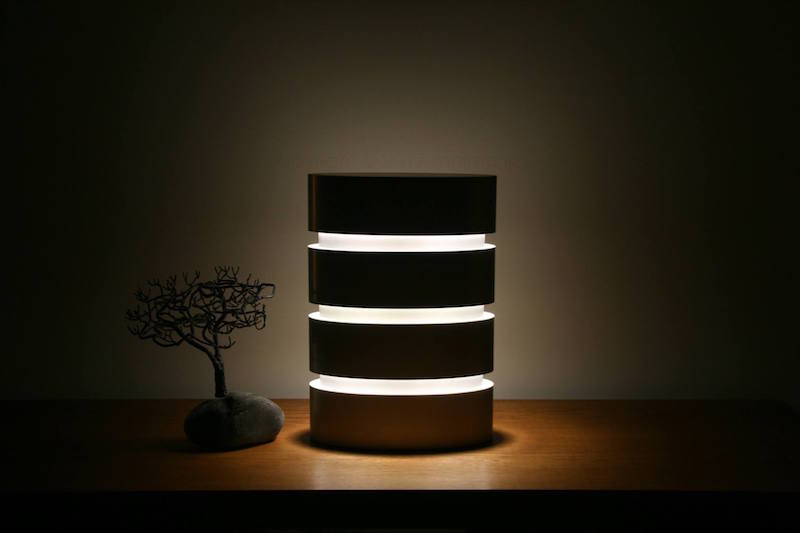
Five artists at career crossroads
One factor that unites the Springstep members is that they all are well into their careers or entering second careers as artists. Sweetman and Moore both speak of “coming out” as artists after focusing on their families and their roles as mothers.
“I would say I’ve been an artist my whole life, but not in the business sense,” says Sweetman, who creates oil paintings with bold strokes and colors under the name livelybrush.
“[The workshops were] the first time I’ve been sitting in a room where people talked about their kids, talked about how tired they are of being a mom,” she says. “I needed to hear that — where I wasn’t the only one who put myself on hold and gave myself wholeheartedly to a family, and didn’t regret it, but didn’t know what to do now.”
Moore, too, recently decided to refocus on her art after raising kids, though she had studied fine art and been a certified art teacher. Her paintings and mixed media work feature bright colors and abstract forms.
Doing the workshops and the show, Moore says, helped her say, “This is my job. I’m not just wasting my time painting away in my basement. I am reaching towards a goal, and I should be reaching towards a goal.”
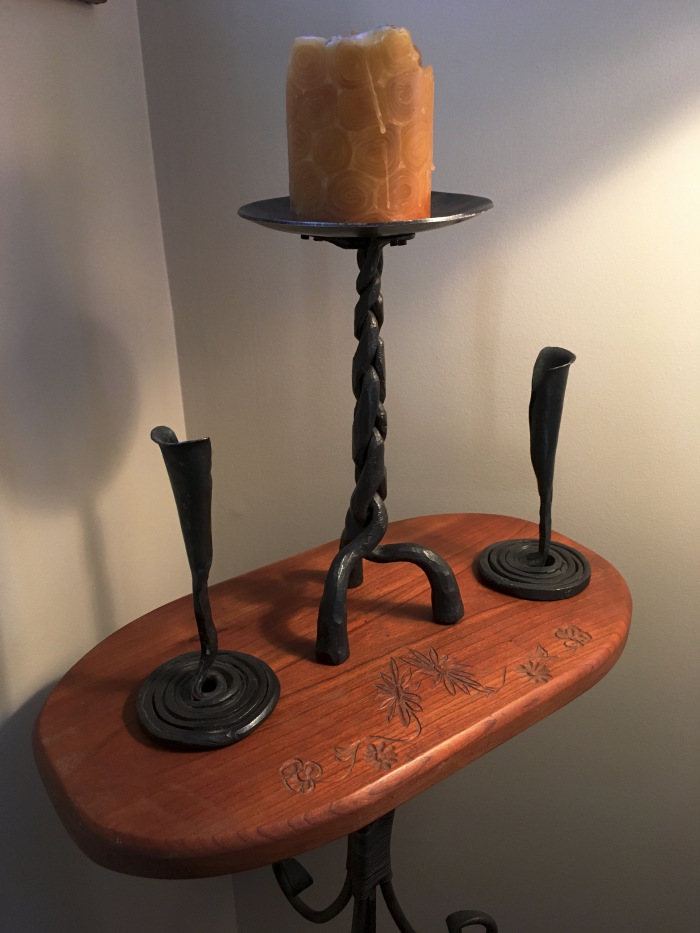
Maas is a blacksmith and metalworker who makes and sells work under the name Maas Homestead; he tends to prefer the word “artisan” to “artist.” He initially trained in blacksmithing in the 1970s and has returned to the craft recently, after retiring from a decades-long career as a carpenter.
Pearson’s experience has been in interior design; she has run her own design business for more than 10 years, but says she “always wanted to be an artist.” She draws and paints botanical art and natural landscapes.
Before the Work of Art classes and the Springstep show, Holzgraefe says, it had been five years since he had produced a new body of work. He designs lighting installations and works with fabricators to bring them to life under the name mnima.
It was valuable, Sweetman says, “to be around other people who are just as old as I am, trying to figure it out. I don’t need to negate everything with, ‘Oh, that ship has sailed. Oh, I shoulda. Oh, I coulda.’ Instead, I am. I am doing it.”
Learning the business of art
Claiming the title of “professional artist” was one of the first lessons the artists learned in Work of Art. From there, the curriculum covers topics including creating a business plan, pricing artwork, tracking revenue and expenses, and considering legal issues. The information and activities helped the artists focus and set specific goals.
“The time management workshop was really important for me in saying, ‘When are you productive? What are you doing with your time?’” Moore says.
One obstacle in time management and budgeting, the artists say, has been figuring out how to balance making their artwork — what they really love doing — with promoting themselves and managing the business side.
“I always remember that Noah [Keesecker, Springboard for the Arts instructor] gave a figure of, I think, 30 percent of your budget should be spent on sales and marketing,” Holzgraefe says. “So that’s kind of scary, because I think as artists we would put 100 percent of our time and money into supplies, into creating the work. … You actually have to spend time away from your art to get stuff done.”
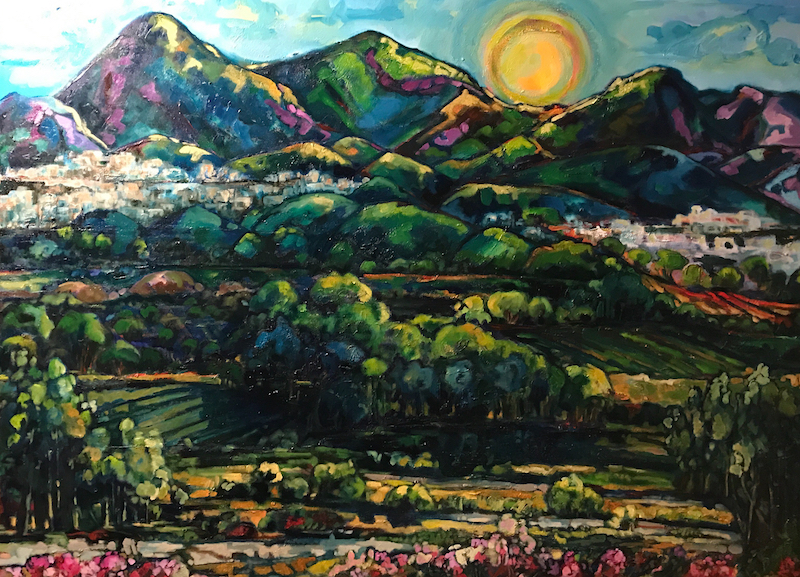
The Work of Art marketing curriculum also includes information on finding an audience. That helped Pearson reframe how she thought about attracting customers.
“After all those years of retail and interior design and working with clients, I think I had this misconception that you had to come up with ‘what do people want?’ What I learned is that you do your art, and people will find it,” she says. “I learned not to be all things to all people, and to just concentrate on who I am and what I’m good at.”
Being able to find new followers and inspiration online made social media an unexpectedly fun discovery for her.
“I had been a little bit of a dinosaur, buried my head in the sand and hadn’t done anything with it. Now it has opened up a whole different world for me,” Pearson says. “You get new ideas and see things from all around the world on Instagram.”
Holzgraefe was reluctant to share his work on social media for fear his designs could be taken and replicated for mass production. When he did venture onto Instagram, he says, he was surprised by how much time he needed to invest.
“You don’t necessarily need to keep it on the downlow; you’re going to have a hard enough time attracting attention, attracting as many eyeballs as you want,” he says. His effort has paid off, though: Through Instagram, he has been able to catch the interest of followers from multiple continents.
Though they had all gone through the basic curriculum, when it came time to plan the show, each member of Springstep could focus on their personal strengths. Maas calls these “barter elements” that each person brought to the table for trade. His carpentry background proved helpful when it came to setting up the pop-up show and hanging art, while Holzgraefe took on the Springstep website design and social media.
The division of labor didn’t mean anyone had to go it alone: Though tasks were assigned to individuals, the artists met as a group to make decisions.
“Whatever it was that we were doing, those things became less intimidating and less difficult because we could lean on someone to do it, to assist, or they supported us while we did it,” Sweetman says. “That held us accountable.”
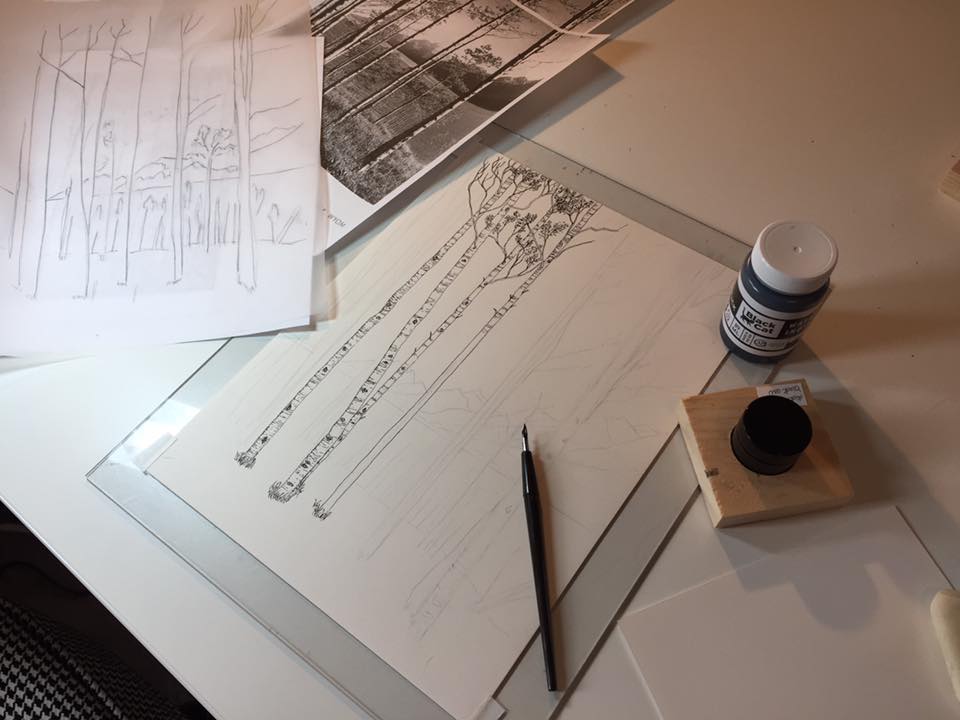
A community of support
Mutual accountability and support became an essential benefit of Springstep — and, in fact, was something that many of the artists were looking for when they signed up for the Work of Art classes.
“I just wanted to get to know people,” says Holzgraefe, who has worked remotely for many years. “Commiserate, collaborate, and I think everybody wants to know that you’re not going through whatever you’re going through alone.”
Sweetman says that she searched for years to recapture the energy of a critique group she had worked with out of college. When she asked the others to join her in an exhibition, she wasn’t sure yet if there was potential for that same kind of relationship. Simply being around other people in class, though, had been valuable.
“I enjoyed everyone’s takes and their questions,” she says. “Things that maybe I couldn’t voice, I got from other people stating how they were doing and what they were working on.”
Once the collective was formed, the artists began critiquing each other’s work as they prepared for the show. They also visited one another’s studios. All of the group members appreciated being able to see other artists’ creative process, while hearing feedback that, as Holzgraefe notes, stemmed from “kindness and curiosity.”
“One of the fundamental things I think this group offered each other is: Are you doing the work you should be doing?” he says. “And, perhaps, is this the work that’s going to move your business forward?”
Because blacksmith Maas had never really thought of himself as an artist, he challenged himself to create pieces for the show that were decorative and not strictly practical. In the critiques, he says, the other Springstep members encouraged him to keep trying new things.
“Some of the pieces I brought, they just said, ‘Oh, that’s art,’ and I go, ‘Well, I didn’t know,’” he says. “It was nice to have someone else affirm that the piece that you brought was presented well.”
In addition to questions about artistic intent, the critique sessions gave the collective a tangible way to practice what they had learned in the Work of Art workshops. They discussed pricing and gave input on what each person was charging for their work.
And when Maas exhibited on his own around the time that Springstep was beginning to plan their group show, the other artists came to see him and gave him feedback on how his pieces were displayed.
The artists have also been inspired by each other’s work. After seeing one of Moore’s abstract pieces, Maas created a metalwork sculpture that mimicked its lines and patterns.
That cross-medium influence was possible because no two artists in Springstep do quite the same type of work. Visitors to their pop-up show asked if they planned that, Sweetman says. In fact, it was a coincidence — but even if the artists’ work had been more similar, there has never been a sense of competition.
“If I succeed, we all succeed,” says Sweetman. “I do feel as though that united front was felt from early on in our meetings.”
The spirit of shared success paid off: On May 7, Springstep drew a strong turnout and sales at their first pop-up gallery show.
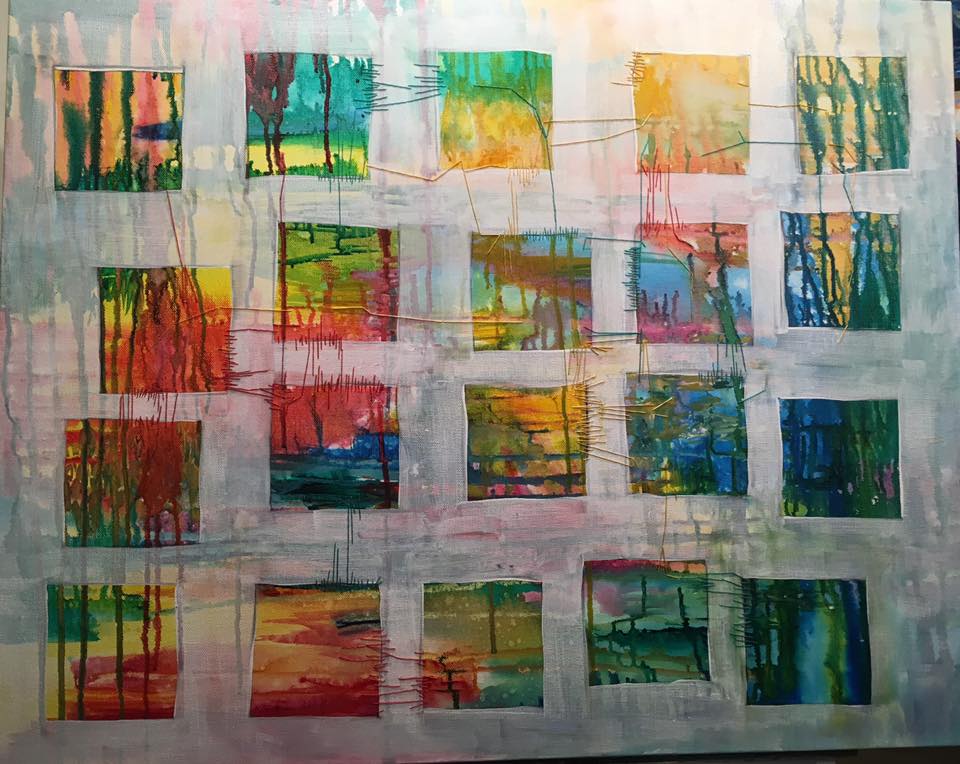
What’s next for Springstep
Since the show, the artists say, they have taken time off and stepped back to consider what’s next. Springstep made a decision early on not to form an LLC or other legal entity, but to contract with one another initially just for the group show. They are weighing options, including requests from more artists to join the collective, but one thing is for sure: They will host another pop-up show later this year.
As individuals, the artists have been feeling a mixture of pride and uncertainty. Pearson points to progress made since signing up for the classes.
“They had us fill out this sheet of goals and timeframes; you address an envelope and they send it back to you in six months,” Pearson says of the first Work of Art workshop. “And I got it in the mail, and I had accomplished all those things that I had written down.”
At the same time, the group members are still feeling how difficult it is to build a sustainable career as an independent artist, even with the guidance of Work of Art and the support of their peers.
“Oftentimes I’ll sit back and think to myself, ‘Man, if I don’t do this, it doesn’t get done,’” Holzgraefe says. “You’ve got to hustle. You’ve got to be out there beating the bushes.”
“It’s a grind, it’s hard,” agrees Moore, “but it’s better when you have people with you to help you pull yourself out of the muck and the mire.”
Despite the ongoing challenges of art as a career, the Springstep artists say that they’ve gotten renewed focus and career direction through learning and then getting to apply the Work of Art curriculum. “It helped me focus my energy, and feel like I had more of a purpose, a plan,” Moore says.
“We needed to believe in ourselves. I think going to those classes and knowing everybody helped me believe in what I could do, what I can bring to the table,” she says. “It’s really exciting, it’s very empowering to be doing what my dream has always been.”
Individuals and groups of artists can find advice and guidance for the business side of art in the Work of Art toolkit, available digitally for free and in Spanish as Trabajo de Arte. The Work of Art toolkit can also be used to present workshops for artists, like the ones in Minnesota that brought the Springstep members together.
